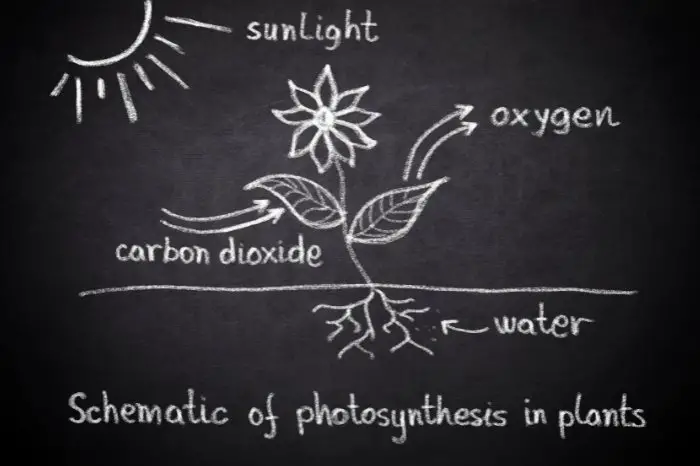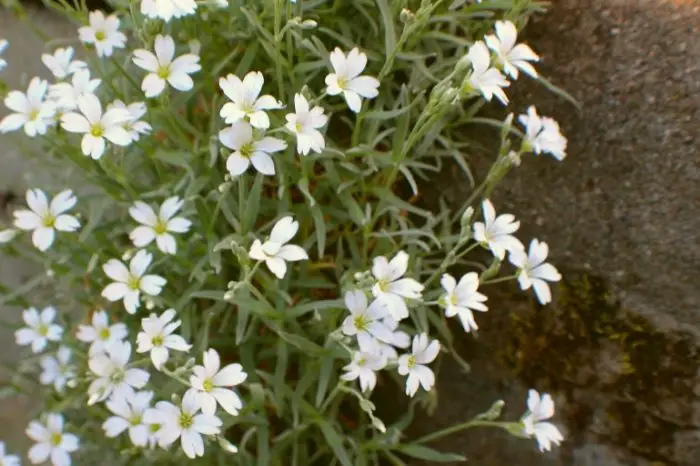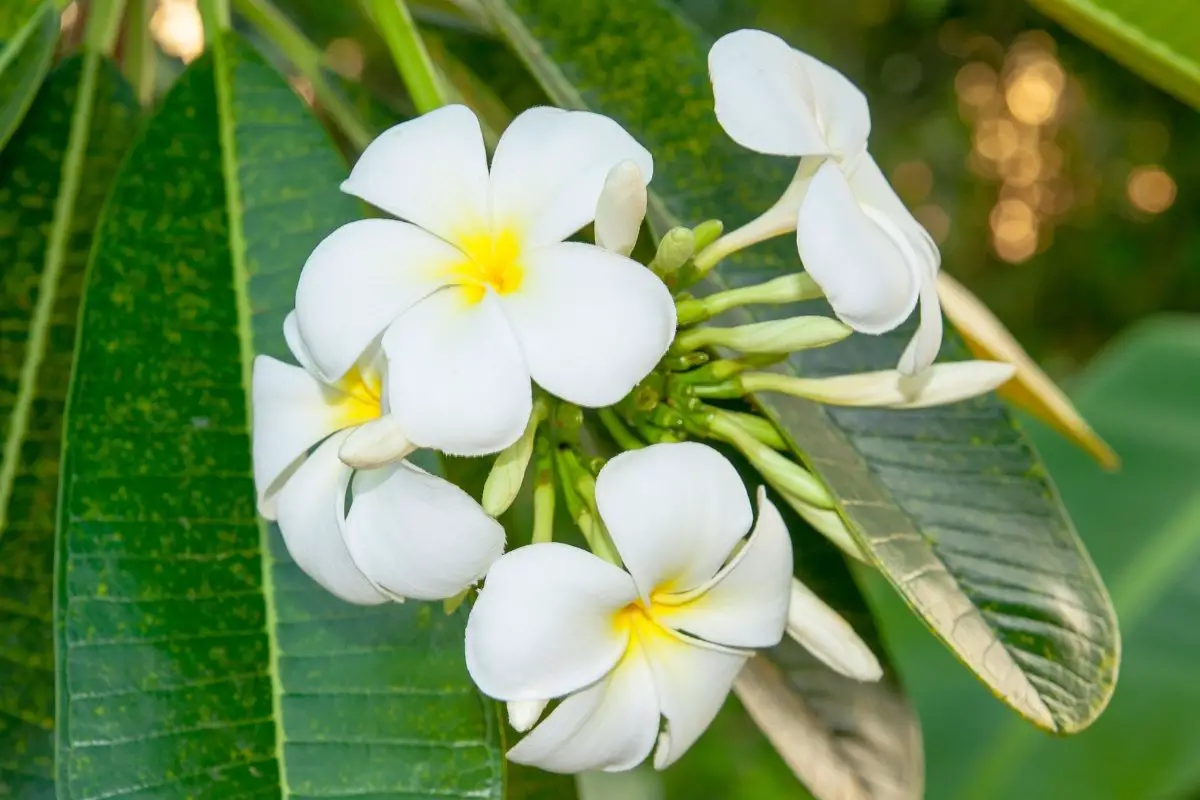Last Updated on April 20, 2022 by Cristina
Plants with no roots; have you ever heard of such? Growing and being familiar with plants that set up their existence through their roots is a common thing amongst gardeners. But are you aware that plants without roots exist?
Scientifically, it is known that in the plant, roots carry out various important roles. They include absorbing minerals and water from the soil and taking them up to the stems, leaves, and fruits.
Another important function the root plays in a plant is that all through its growing period, the root supports or anchors the plant. So, this shows how important roots can be to plants. But did you know there are plants with no roots?
You will be learning a lot about the mysterious nature of some of these kinds of plants with no roots. Now, continue reading to learn more about this.
Brief Rundown On Plant Roots
Most times, plants are put together in a similar way but, they come in different sizes, shapes even colors. Plants totality have specific things in common, be it a flower, a tree, or grass.
An important procedure that the plant carries out is “photosynthesis”. This process is about how plants convert the energy from the sun into food that is needed by them for their growth and survival.

Chloroplast is where photosynthesis takes place. They are tiny organelles that are located right inside the cells of the plant. The sunlight is being collected by chloroplasts and with the help of chlorophyll molecules and special enzymes; the light is being converted to energy.
A lot of plants like flowers and trees have what we call a vascular system. These plants that have a vascular system do have a tubal system which is used in the movement of water and nutrients to the various segments of the plants. Stems, leaves, and roots are all the parts that vascular plants all have in common. This is unlike plants with no roots.
Click here to Get Info about:
The Role Root Plays In Plant
There are several important roles the root plays in the plant’s life and development. They draw up minerals and water from the habitat for the plants’ nourishment. All the minerals and water needed by the plants are present below in the soil, hence, they grow below.
Another function of the root is the provision of support or anchoring of a plant. They give the support a plant needs to be well rooted in the ground. Trees won’t have the stamina and vigor to stand up tall and also resist strong winds if there’s no strong root system.
Food and nutrients can also be stored in the roots. Soil erosion can also be prevented when there’s a well-developed root system.
There are roots that are eatable. We have, for instance, the carrot plant that its root is the carrot that we eat. There are some plants’ roots that are not underground. We have the water plant in this category which may have roots that normally float in water.
Another plant that doesn’t have its root underground is Epiphytes. The Epiphytes plant usually lives in trees by means of being attached to the tree branches with its roots.
Plants With No Roots At All
The plant kingdom is a big one; hence, knowing the number and vast variety of all the plants that are on earth is impossible. It is not all plants that have vascular systems. The mosses and liverworts, for example, are not the types of plants that are well structured like vascular plants. Yet they conduct photosynthesis.
Damp places are the kind of places where mosses grow in. They absorb the minerals and water they need right from their habitat. They use rhizoids, thread-like growths, instead of roots, to attach themselves to trees and rocks.
Examples Of Rootless Plants
Examples are seaweed and algae which absorb minerals and water with all their body parts. Another one is green algae which are plants that are single-celled plants which float on the surface of the water.
Rootless plants adopt other types of mechanisms for taking up water and nutrients from their environment.
Hormex Rooting Hormone Powder #8 | for Moderately Difficult to Root Plants
Here, let’s take a look at a few of these rootless plants:
1. Golden Dodder
The Dodder plants don’t live with any photosynthetic activity as they have no true roots. But they produce flowers and fruits. The golden dodder plant’s stem is pale orange. The stem is 0.3 in length.
The dodder plant unlike other typically parasitic plants, that wound and cling to its host plant, is different. The dodder plant instead, forms tendrils that develop haustoria. This is a specialized root-like structure that has suckers that penetrate the host plant. The dodder plant gets water and nutrients from the host plant and then neutralizes it.
2. Algae
A wide range of aquatic organisms that produce carbohydrates by synthesizing light energy, a process known as photosynthesis, are referred to as algae. Actually, algae are different from plants with no leaves, stems, or roots.
So instead, Osmotrophy or phagotrophy is a process adopted by algae to take in nutrients as dissolved substances and which engulfing bacteria is part of it.
The various types of aquatic environments where you can find algae are environments like fresh water and saltwater. You can find algae living in colonies as cells that are single microscopic.
3. Spiny Hornwort
The scientific name of this plant is called ceratophyllum echinatum.
You will also find it in the lakes and slow-moving streams in New England. It is a perennial plant that can be found submerged along with a couple of leaves at the water surface and most submerged underwater floating.

Acidic water is where spiny hornwort grows, unlike the common hornwort. It has no root system but it features branches with lots of leaves that are being modified into rhizoids.
Plants With No Roots: Conclusion
Plants with no roots do exist because the plant kingdom is a huge one. Hence, it is impossible to be able to know all the various kinds of plants on the earth, be it the type with roots or no roots.
FAQ’s
Can a plant grow without its roots?
There are some plant species that have the ability to grow without roots and examples are algae and seaweeds. These type of rootles plants don’t need the help of roots to survive.
Do all plants have roots?
Not all plants have roots and these are plants such as algae that live in water where water is their main anchor.
What would happen to a plant with no roots?
A plant that is built to have no root or a plant that naturally has no root can do well on its own. However, if other plants that require roots are removed, it will cut off their water and minerals. Hence, the plant can die off.
How do you grow a plant that has no roots?
It is possible to grow a plant that has no root and one way you can do this is by taking a stem cutting. Then the cutting will be propagated.

Eunice is a gardener who loves to play in the dirt. She starts her day early in the morning, watering her plants and tending to her garden. She loves the smell of freshly cut grass and the feeling of sunshine on her back as she works. She‘s a master at creating beautiful flower arrangements and can often be found humming a tune as she tends to her plants. When she‘s not gardening, she loves to read books about nature and share her knowledge with others. Eunice loves gardening so much that she‘s even been known to talk to her plants!



